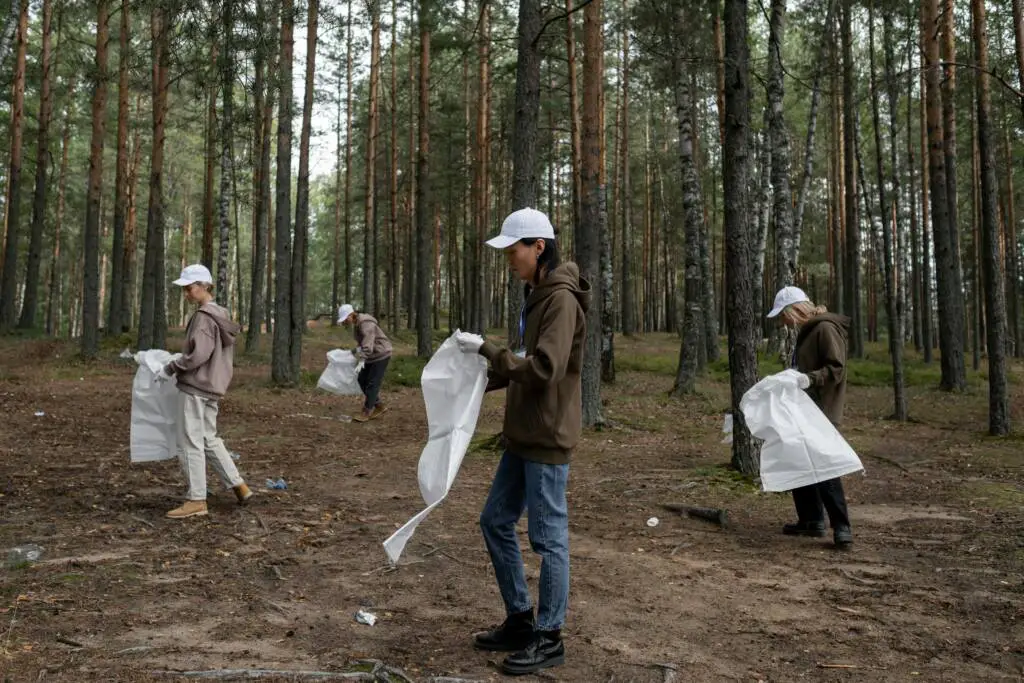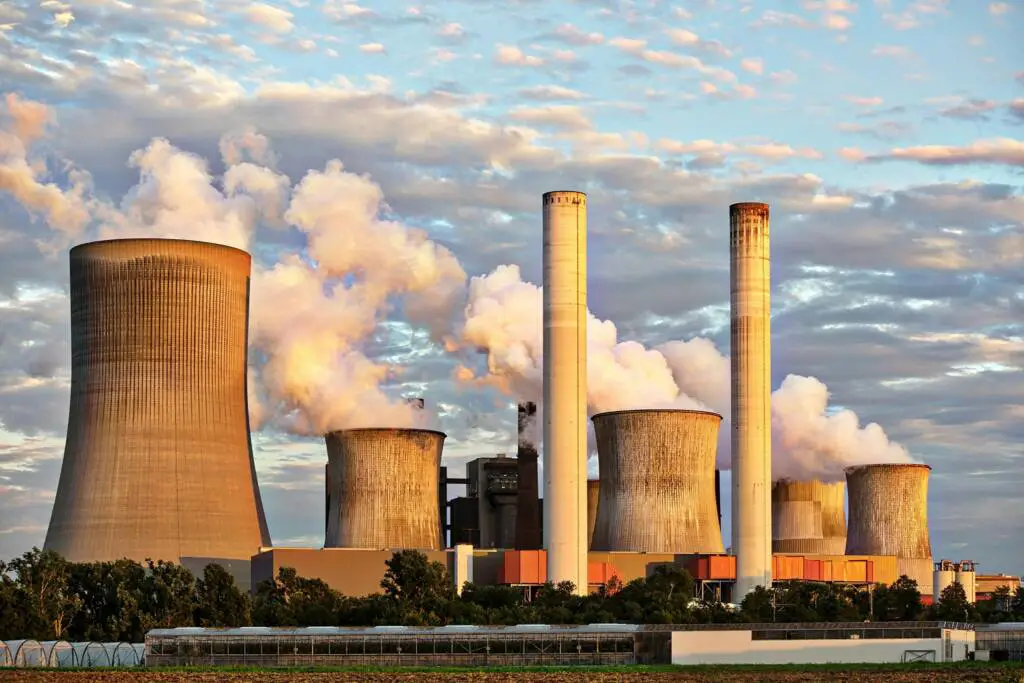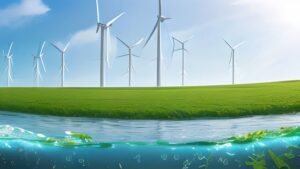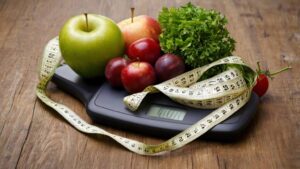How to Reduce Microplastic Pollution

Microplastic pollution has become a pressing environmental issue that requires immediate attention and action. These tiny plastic particles, less than five millimeters in size, are found in oceans, rivers, and even in the air we breathe, posing a threat to marine life, ecosystems, and human health. Fortunately, there are effective methods and practical solutions available to reduce the impact of microplastics pollution and mitigate its widespread consequences.
In this blog post, we will explore how individuals can play a role in combating microplastic contamination through eco-friendly practices, sustainable living, and conscious consumer choices. By taking proactive steps to minimize the release and presence of microplastics in our environment, we can contribute to a cleaner, healthier planet for future generations.
Effective methods to minimize microplastic pollution
Implement filtration systems in washing machines to capture microfibers released from synthetic clothing.
Utilize natural fabrics like cotton, wool, and linen instead of synthetic materials to reduce the shedding of microplastics.
Support legislation and regulations that restrict the use of microplastics in consumer products.
Encourage the development of biodegradable alternatives to common plastics to prevent microplastic pollution.
Practical Ways to Reduce Microplastics in the Environment
1. Participate in beach clean-up initiatives: Get involved in organized beach clean-up events to help remove existing microplastics from coastal areas.
2. Avoid using single-use plastics: Say no to single-use items like straws, bottles, and bags that contribute to microplastic pollution. Opt for reusable alternatives instead.
3. Support sustainable companies: Choose to support companies that follow eco-friendly practices and offer plastic-free packaging options to reduce the use of plastics in their products.
4. Educate others: Spread awareness about the sources and impact of microplastic pollution to encourage others to make conscious choices in reducing plastic waste.
Steps to mitigate the impact of microplastic contamination
-Invest in water filtration systems to avoid consuming microplastics in drinking water.
-Choose products with minimal packaging and opt for bulk items to reduce plastic waste.
-Advocate for the proper disposal of plastic waste and recycling programs in local communities.
-Engage in community clean-up events to address microplastic pollution in shared spaces.
Eco-conscious habits to combat microplastic pollution

Microplastic pollution is a growing concern for our planet, but there are simple yet effective ways we can all contribute to reducing this environmental threat. By adopting eco-conscious habits in our daily lives, we can make a positive impact on the health of our oceans and wildlife.
Here are some eco-conscious habits to combat microplastic pollution:
Use reusable bags, containers, and utensils: By switching to reusable alternatives, such as cloth bags, stainless steel containers, and bamboo utensils, you can significantly reduce your plastic usage and prevent leakage into the environment.
Opt for natural cleaning products: Choose cleaning products that are free from microplastics and harmful chemicals. Look for environmentally friendly options that are biodegradable and non-toxic.
Support businesses with microplastic-free practices: Look for companies that have committed to eliminating microplastics from their products and operations. By supporting these businesses, you can encourage others to follow suit.
Incorporate sustainable practices into daily routines: Small changes, such as reducing water usage, cutting back on single-use plastics, and recycling properly, can add up to make a big difference in combating microplastic pollution.
By practicing these eco-conscious habits and raising awareness about the issue of microplastic pollution, we can all play a part in protecting our planet for future generations.
Strategies for decreasing microplastics in oceans and waterways
-Advocate for policies that regulate industrial discharges and prevent microplastics from entering water sources.
-Participate in river and ocean clean-up efforts to remove microplastics and prevent them from breaking down into microplastics.
-Support organizations that focus on researching and addressing the issue of microplastic contamination in aquatic environments.
-Educate fishermen and boaters on the proper disposal of fishing gear and equipment to prevent marine microplastic pollution.
Conclusion
In conclusion, reducing microplastic pollution is a critical step in environmental conservation and sustainable living. By implementing effective methods such as filtration systems in washing machines, supporting legislation against microplastics, and using natural fabrics, we can minimize the release of microplastics into the environment. Practical actions like participating in clean-up initiatives, avoiding single-use plastics, and advocating for proper waste disposal can also make a significant impact. By adopting eco-conscious habits and supporting efforts to decrease microplastics in oceans and waterways, we can all play a vital role in combatting this pervasive issue. Together, we can work towards a cleaner, healthier planet for future generations.
https://7thavewellnessblog.com/?p=4722
https://www.epa.gov/
FAQs
Q: What are microplastics and their impact on human health?
A: Microplastics are small plastic particles that have been detected in various environments, including marine ecosystems. Studies have shown that exposure to microplastics can have negative effects on human health.
Q: What are the potential effects of microplastics pollution?
A: Microplastics pollution can lead to harm in marine organisms, disrupt marine ecosystems, and pose risks to human health through the consumption of contaminated seafood.
Q: What is the difference between primary and secondary microplastics?
A: Primary microplastics are directly released into the environment in the form of small plastic particles. While secondary microplastics are formed from the breakdown of larger plastic items.
Q: What are the sources of microplastics in the environment?
A: Microplastics can come from sources such as plastic pollution and, release of microbeads in personal care products. The breakdown of larger plastic items and fibers from synthetic clothing.
Q: What are the health impacts of microplastics on human beings?
A: Studies suggest that ingestion of microplastics can lead to inflammation, oxidative stress, and potential transfer of toxic chemicals in the body. Raising concerns about long-term health effects.








